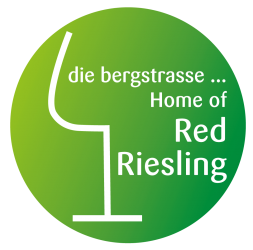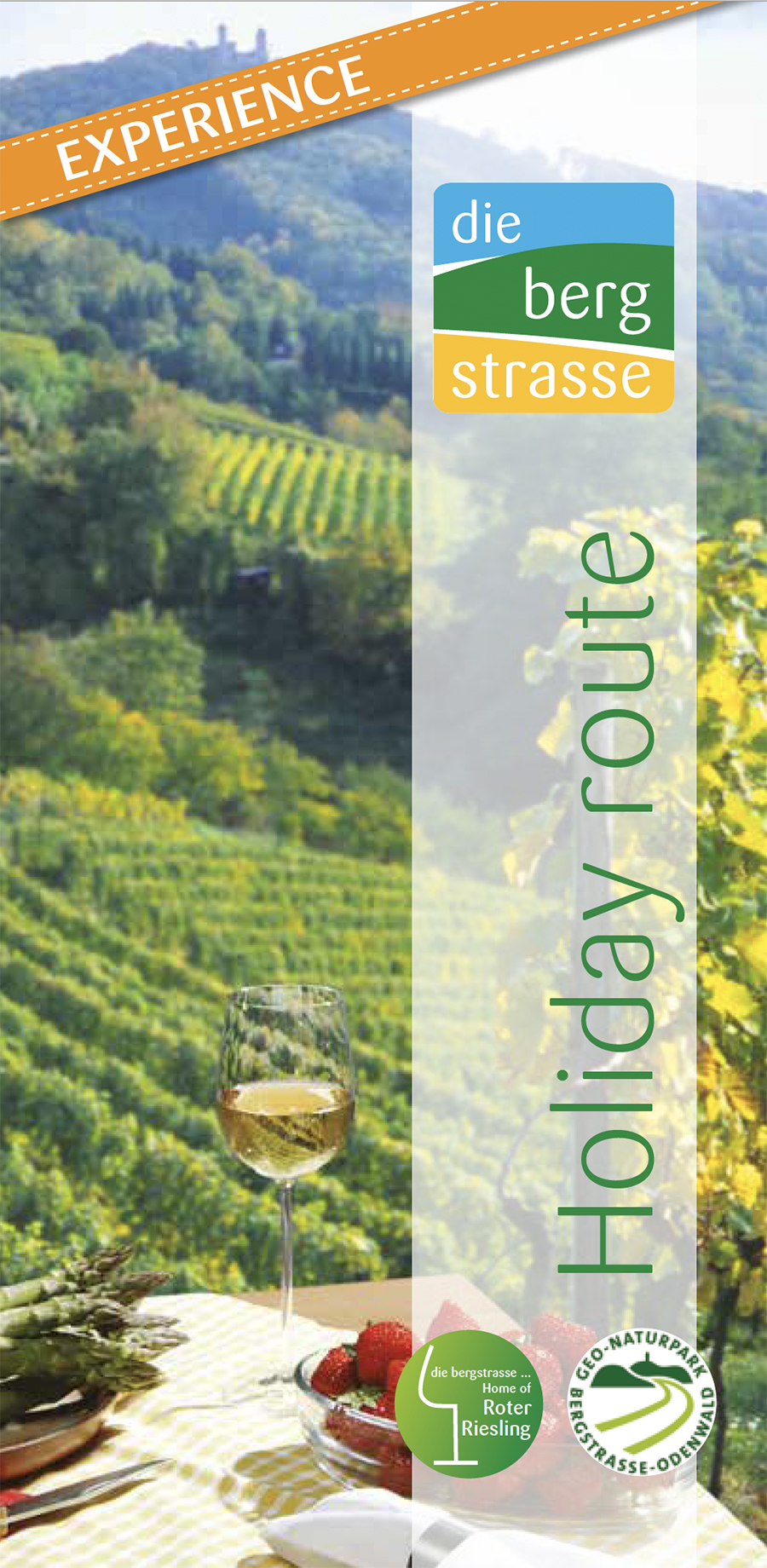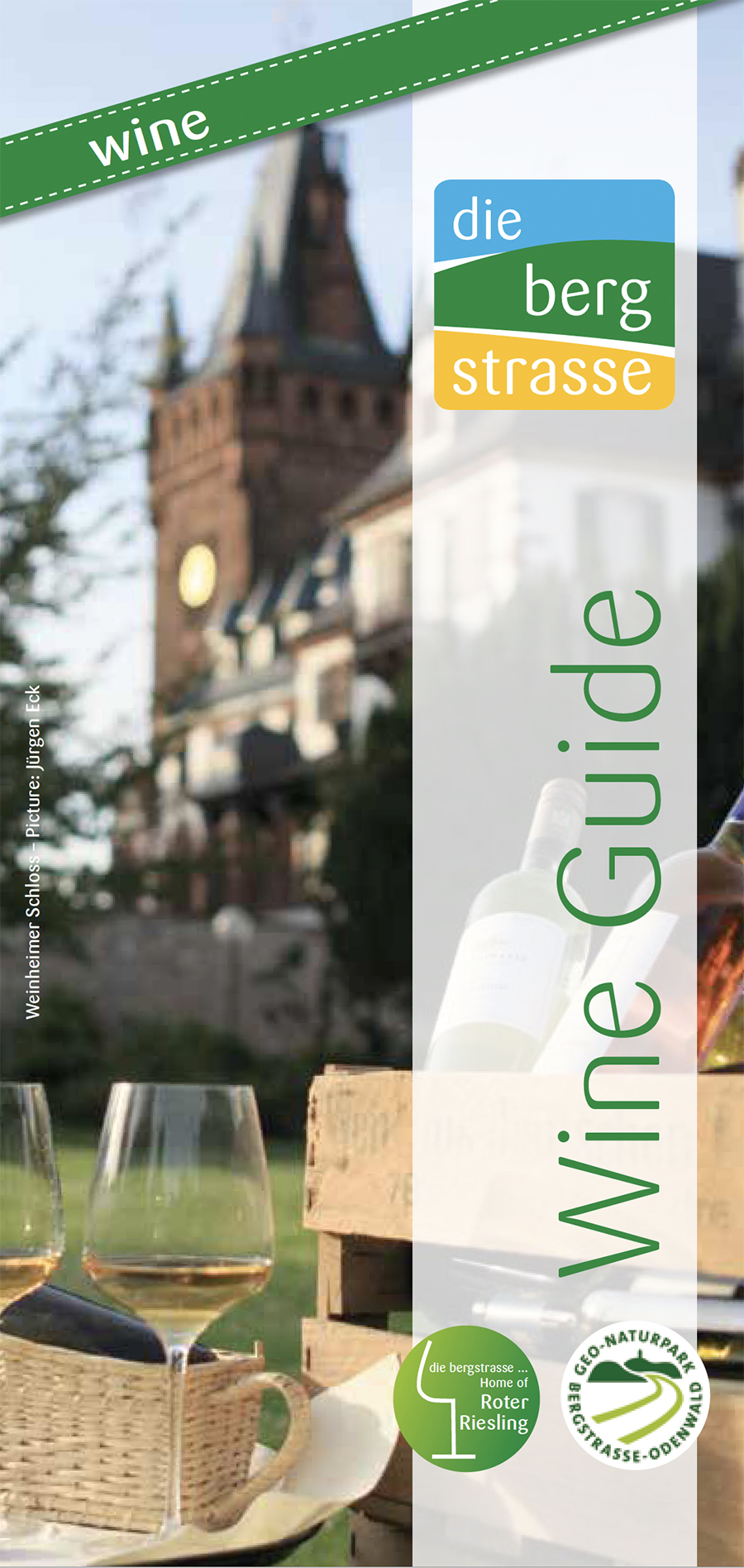BERGSTRASSE HOLIDAY REGION
The Bergstrasse is also known as the “German Riviera”. This is a holiday route with a capital H. Here, the spring sunshine warms your bones while people are still shivering elsewhere. Here, almond and fruit trees burst into bloom while in other parts, hoarfrost still numbs the earth. Here, summer lasts longer and autumn is more clement. The Bergstraße is a haven of rest that satisfies your soul. It is more than just a landscape, it is a life-affirming lifestyle. The castles, palaces and historic old towns strung out between the Jugendstil city of Darmstadt and world-famous Heidelberg bring history to life.
The UNESCO World Heritage Site Lorsch Abbey is another highlight of the region’s cultural history. The Mediterranean climate of the Bergstrasse ripens the grapes for exquisite wines and allows exotic plants to flourish.
The region’s parks, gardens and forests are the stuff of dreams. The park of Weinheim Castle is home to Germany’s oldest cedar tree, while the highest giant redwood stands in the Auerbacher Fürstenlager State Park. The Bergstrasse is located at the heart of the Bergstrasse-Odenwald UNESCO Global Geopark, where geological landmarks meet enchanting landscapes.
Nature, culture and sport are interwoven into a tapestry of dolce vita. The Burgensteig (Castle Trail) is a certified hiking trail. This and its picturesque cousin, the Blossom Trail (Blütenweg), guide nature-lovers along the Bergstrasse. The “strada montana”, as it was called by the ancient Romans, is also popular among the legions of cyclists who travel along this route in their place. Cultural festivals are organised everywhere throughout the region, where hospitality is part of the local DNA. On sunny days, the market squares hum with people like on Italian piazzas. Café and restaurant owners conjure up delicacies accompanied by fine wines from local winegrowers. The good mood is catching. This is the holiday of your dreams, whether you choose to go on an excursion to one of the nearby cities in the Rhine-Main or Rhine-Neckar metropolitan regions, walk or cycle along a discovery trail, or spend a longer vacation. Once you get here, you’ll never want to leave.
Brochures available for download:

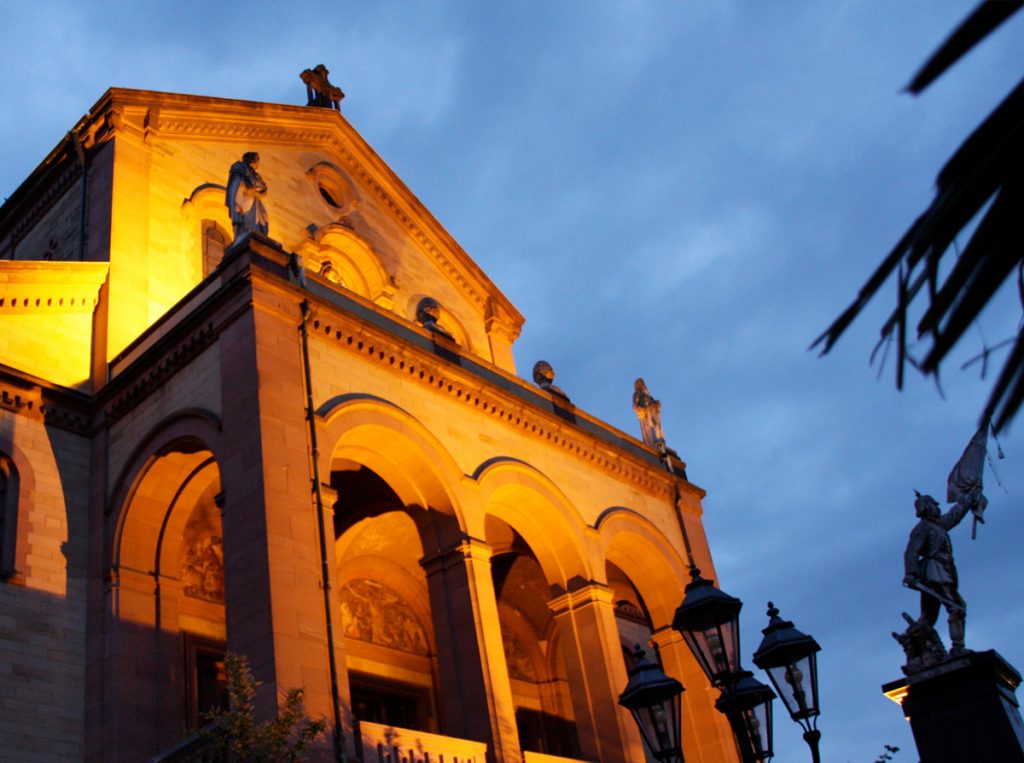
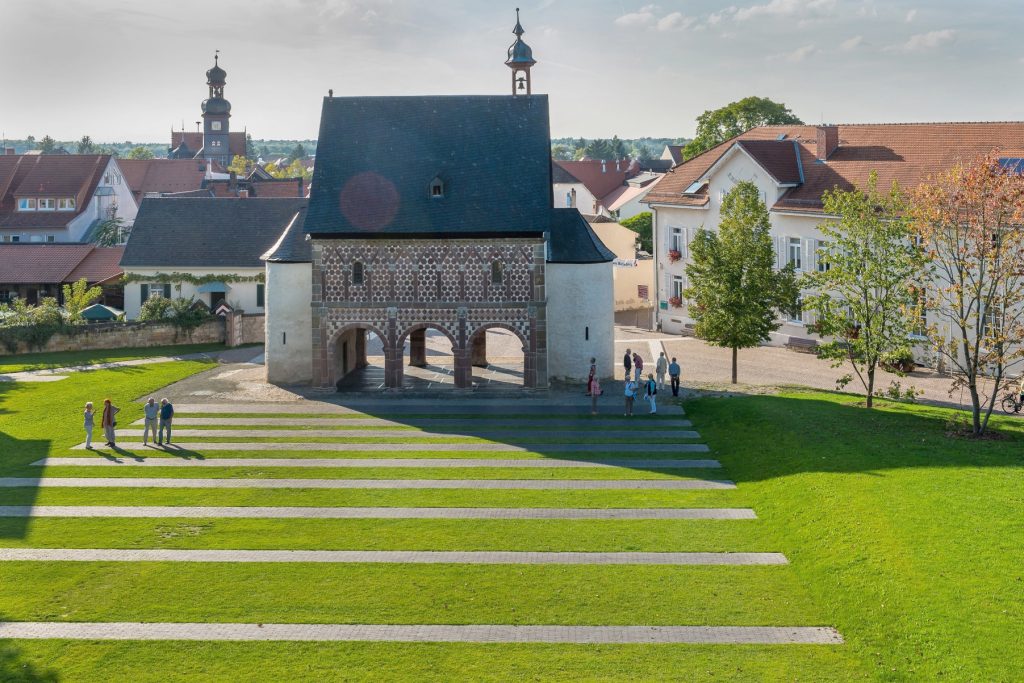
THE WINES OF THE BERGSTRASSE
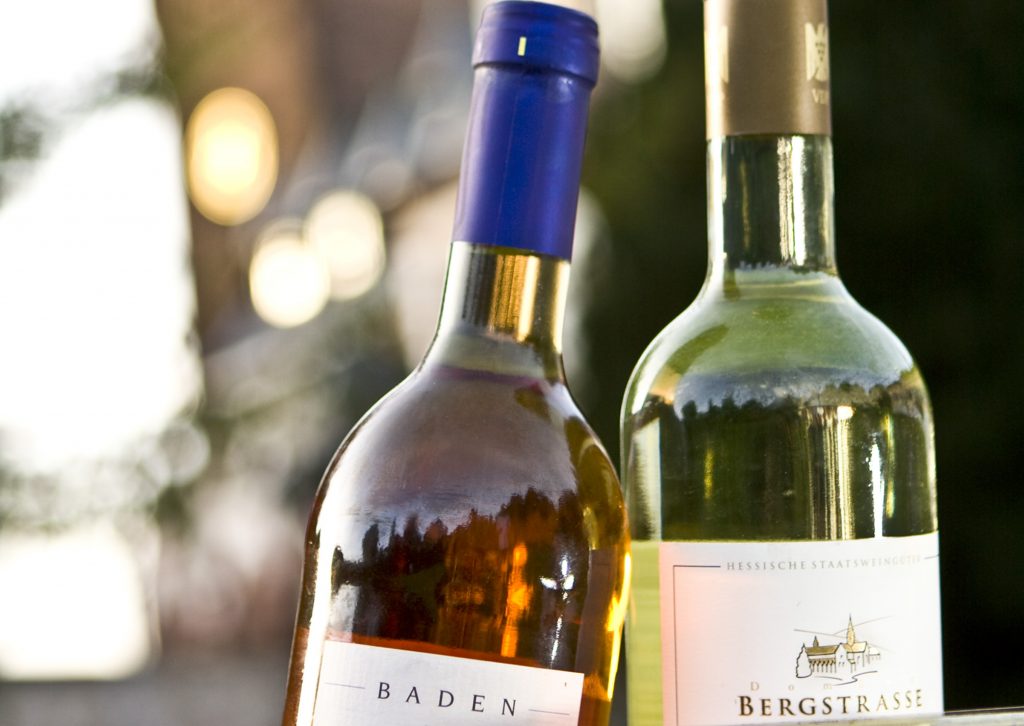
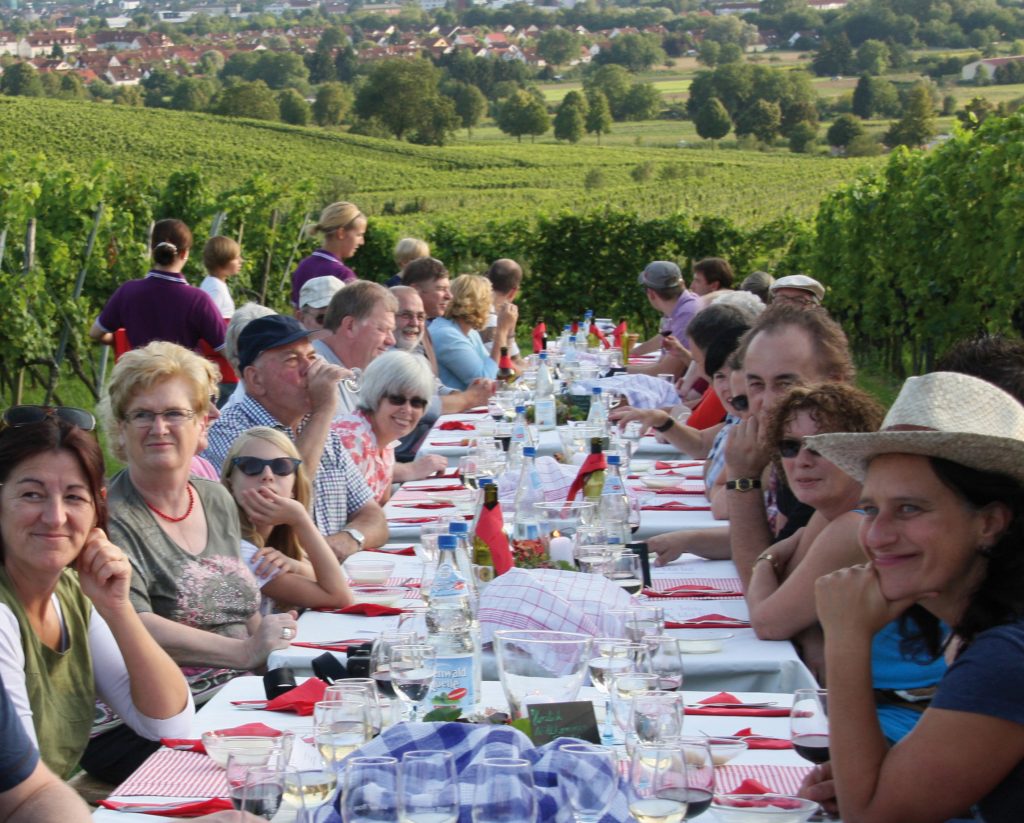
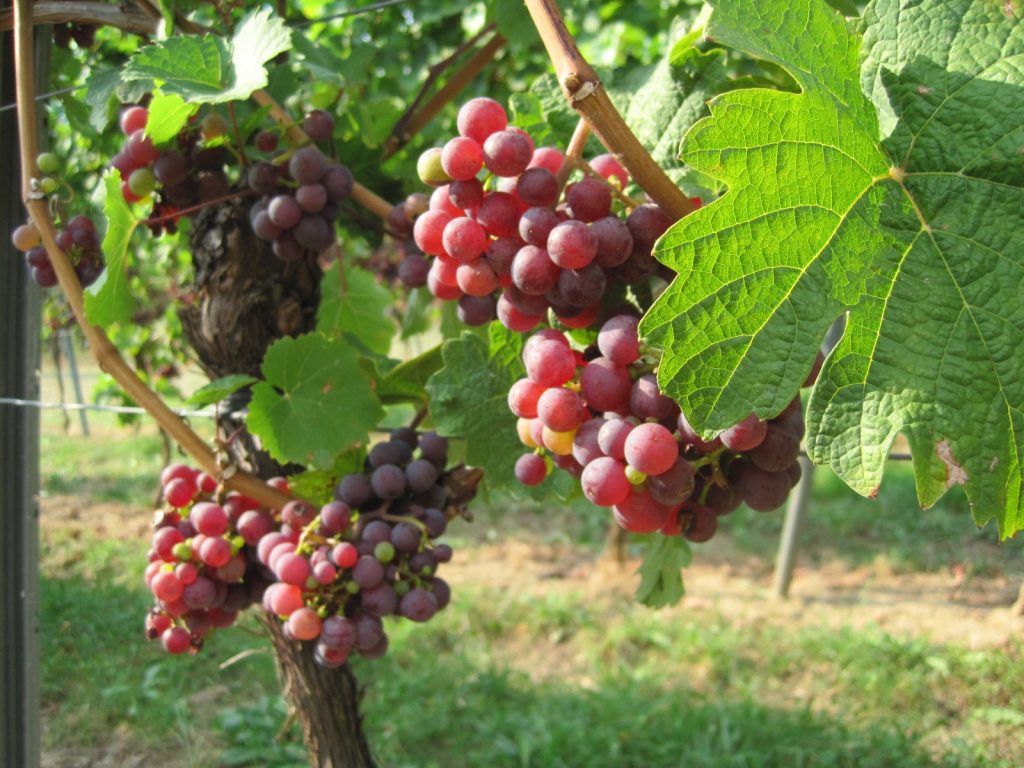
Enjoyment without bounds! The Bergstraße winegrowing region straddles the borders between the federal states of Baden-Württemberg and Hesse. After all, terroir does not respect the borders humans have chosen to create. In a region where spring arrives earlier than elsewhere and autumn is blessed with 1,600 hours of sunlight, good wines can obviously be expected to grow. The main grape varieties cultivated on the roughly 840-hectare Hessische and Badische Bergstrasse, apart from the traditional Riesling, are pinot blanc and pinot gris, as well as Müller-Thurgau. When it comes to reds, pinot noir is the main variety. The Bergstraße’s winegrowers offer sparkling wines too, made using traditional methods such as fermentation in the bottle through to Secco. The range is completed with a selection of fine brandies.
The Bergstraße winegrowing region is relatively new in its present form. Up until 1971, the Bergstraße was considered one single region. The area under production is roughly 400 hectares in Baden and somewhat more in Hesse. It is dominated by fairly small vineyards, many of which are cultivated as a sideline. The two main winegrowers’ cooperatives, in Heppenheim and Schriesheim, also influence social events in the region.
The many days of sunshine give rise to fruity white wines of great finesse and full-bodied reds, especially pinot noir. In the Hessian part of the wine region, vintners frequently harvest exceptional ice wines. Wherever you go, you’ll find local specialities such as the red Riesling in Hesse or the very palatable rosé made from pinot noir in Schriesheim, Baden, where Germany’s earliest wine festival is celebrated, the Mathaisemarkt in early March. But there are many other festivals throughout the region where you can have a hands-on experience of the wines of the Bergstraße.
For more information, go to:
www.badischer-weinbauverband.de
Brochures available for download:

